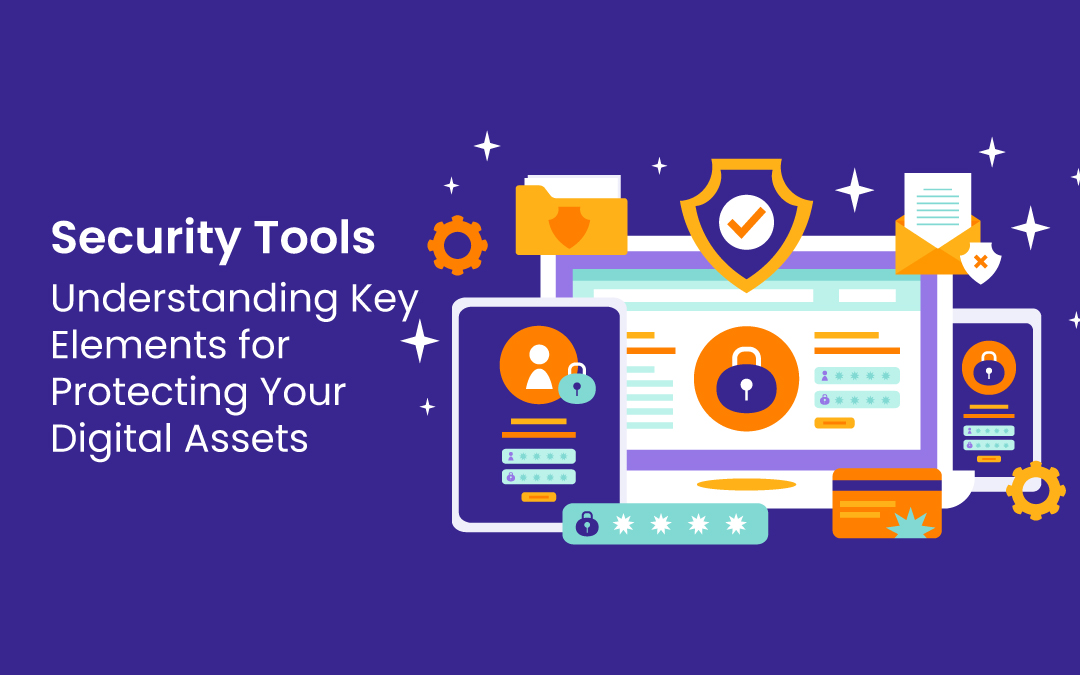
The importance of security tools in the present digital era cannot be overemphasized. The protection of sensitive data from cyber threats has become a major concern, whether used personally or within a corporate setting. This article explores the different types of security tools, their significance, and how they help individuals and organizations to protect their digital assets.
Increasing Demand for Security Tools
As technology continues to evolve at an alarming rate, hackers have come up with more advanced ways of exploiting vulnerabilities in systems and networks. Cybercrime reports indicate that every year, data breaches are on the rise affecting millions of people and businesses around the globe. In response, various security tools have been created to counter these attacks, empowering companies to defend themselves against unauthorized access, data breaches, as well as other cyber-attacks.
Kinds of Security Tools
Security tools fall into several categories which have different roles in enhancing digital security. Here is a summary of common forms of security tools:
Antivirus Software
It is one of the most vital security tools that individuals can have on their computers. Its main purpose is to detect, isolate, and delete malware such as computer viruses, worms, Trojan horses, and ransomware. The majority of antivirus solutions offer real-time scanning and updates that ensure users are protected against emerging threats. Norton, McAfee, and Bitdefender are some of the popular antivirus products.
Firewalls
Between untrusted external networks and trusted internal networks, there exists a firewall that serves as a protective barrier. It monitors incoming and outgoing traffic, deciding whether to allow or block data packets based on pre-set security protocols. Firewalls could be hardware-based, software, or a combination of both. They prevent unauthorized access to the system, thus protecting valuable information.
Intrusion Detection and Prevention Systems (IDPS)
Intrusion Detection Systems (IDS) and Intrusion Prevention Systems (IPS) are important for monitoring network traffic for suspicious behavior. IDS examines traffic patterns and informs administrators of potential threats, while IPS actively blocks harmful traffic, preventing attacks from exploiting vulnerabilities. These systems work together to minimize damage caused by intrusions and malicious activities.
Encryption Tools
Encryption tools convert sensitive information into a format that can only be understood with a decryption key. Both data in transit (emails, file transfers) and at rest (files on servers) require encryption. Tools like VeraCrypt and BitLocker offer strong encryption functions that prevent unauthorized access to classified information.
Password Managers
Password management is crucial for security. Password managers assist users in generating complex passwords, storing them securely, and organizing them for different accounts. Features like password generation, autofill, and secure password sharing are offered by popular password managers like LastPass, 1Password, and Dashlane.
Security Information and Event Management (SIEM)
SIEM systems consolidate and analyze IT security data from various sources across an organization's network in real-time. This helps security teams rapidly identify and respond to incidents. Tools like Splunk and IBM QRadar are crucial for organizations aiming to strengthen their security framework through proactive threat detection and response.
VPNs
VPN (Virtual Private Network) technology secures internet connections by encrypting user data during transmission. This is especially helpful for remote workers who need secure access to critical information from various locations worldwide.
Data Loss Prevention (DLP)
DLP solutions are an essential part of a company’s strategy for reducing the risk of data breaches through proactively monitoring for, identifying, and addressing potential exfiltration incidents. Such tools impose rules that prevent unauthorized disclosure or transfer of sensitive information. By implementing this technique within their organizations, executives can protect their proprietary data including trade secrets, customer identities, and banking statements.
Solutions for Endpoint Security
The shift towards remote working has increased the significance of endpoint security significantly. Endpoint security solutions are meant to protect devices such as laptops, desktop computers, and mobile phones from different forms of threats. These typically include antivirus software, firewalls, and encryption tools among other features that ensure privacy for these appliances. For instance, CrowdStrike and Symantec have notable solutions that are widely used in enterprise environments.
Diverse Security Tool Options
Choosing security tools that suit your needs from the myriad of options available can be overwhelming. Below are some of the most important factors to consider:
- Understand Your Requirements: You need to identify what assets require protection and any possible threats they could be subject to. This evaluation will help you determine what tools are necessary for your security system.
- Financial Factors: Take into consideration how much money you have set aside for security solutions. There are free versions of such tools, but generally, premium ones have more features and provide better protection.
- Ease of Use: Go for tools that are intuitive and can work well with your existing systems. Overcomplicated solutions may hinder adoption and introduce weaknesses in your security posture.
- Growth Prospects: The chosen tool should be adaptable as your organization grows. With changes in business, security requirements will also change.
Conclusion
Given that cyber threats are incessant in this era, it is crucial to procure robust security tools to protect your digital properties. Understanding the various types of security tools and the roles they play will enable both individuals and companies to come up with a comprehensive security plan that suits their peculiar needs. Being updated on current developments in the area of technology and trends regarding safety will give you an edge when dealing with cyber risks. It is worth noting that security is not a one-time thing but an ongoing process that calls for consistent alertness and adaptability.
Share this post
Leave a comment
All comments are moderated. Spammy and bot submitted comments are deleted. Please submit the comments that are helpful to others, and we'll approve your comments. A comment that includes outbound link will only be approved if the content is relevant to the topic, and has some value to our readers.

Comments (0)
No comment